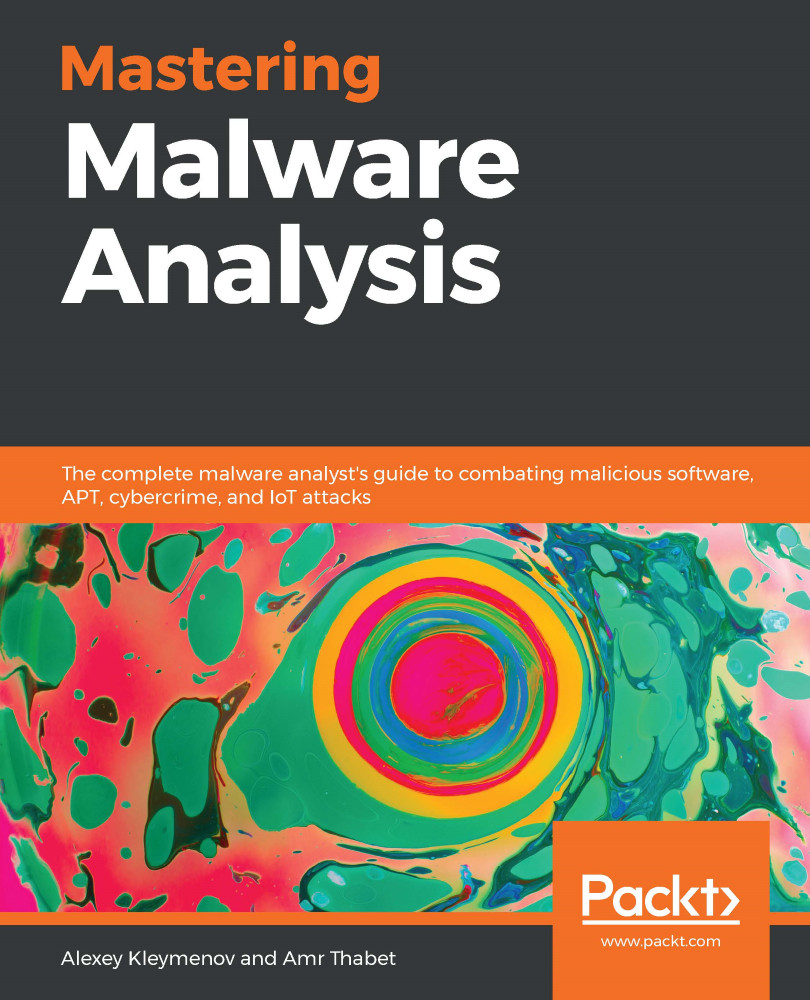If you need to analyze the binary shellcode, you can use a debugger for the targeted architecture and platform (such as OllyDbg for 32-bit Windows) by copying the hexadecimal representation of the shellcode and using the binary paste option. It is also possible to use tools such as libemu (a small emulator library for x86 instructions) or the Pokas x86 Emulator, which is a part of the pySRDF project, to emulate shellcode.
Another popular solution is to convert it into an executable file, for example, by using the shellcode2exe.py script that supports multiple platforms. Then, you will need to analyze it both statically and dynamically, like any usual malware. For the ROP chain to be analyzed, you need to get access to the targeted application and the system so that the actual instructions can be resolved dynamically there.


